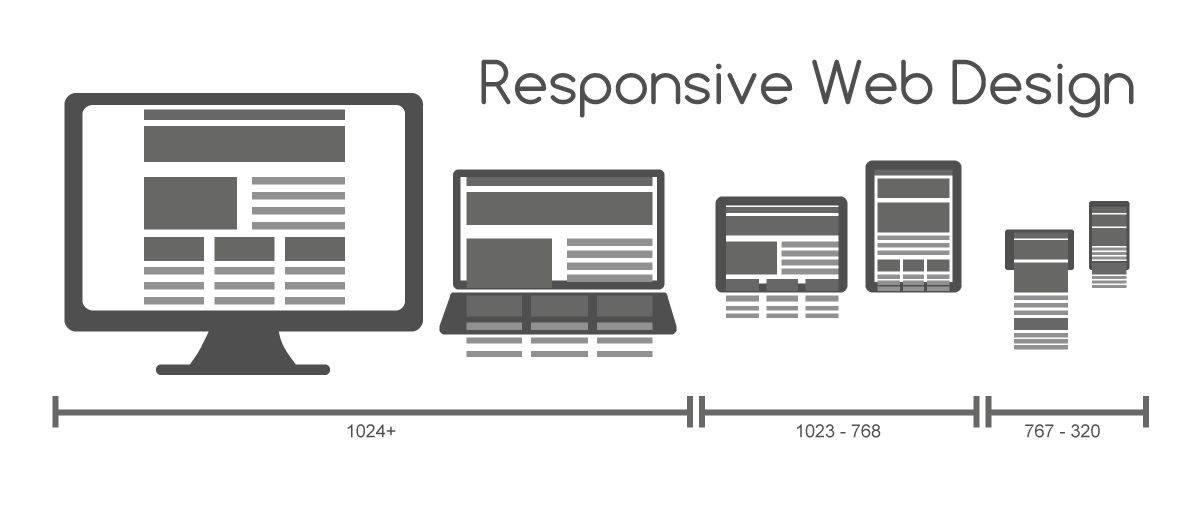On this Sunday morning, our experience is to make you a UX Star by offering you some notions of UX through our little lexicon of UX Design:
User experience:

Whole user experience. The quality of the experience depends on several factors including the real usefulness of the product (website or other product), its usability, the implementation of conditions favoring the bond of trust, the quality and reliability of the product. A good experience promotes user loyalty.
Human-machine interface:
Design the part of an electro-mechanical system through which the user can interact with the machine. This term refers more to hardware devices (keyboard, mouse, joystick, data glove, etc.) than to software interfaces.
Scenario:
Un story of a day in the life of one of your users, allowing them to understand how your project fits into their daily use.
Cognitive sciences :
A set of disciplines whose common object of study is cognition: cognitive psychology, cognitive anthropology, cognitive linguistics, cognitive ethology, cognitive neuroscience, cognitive neuropsychology, artificial intelligence, connectionism, robotics, analytical philosophy, philosophy and language, philosophy of consciousness.
Content strategy:
This is the part dedicated to content production and management. The main objective of content strategy is to use words and data to create content to support the user in their interactive experiences.
Storyboard:
A tool inspired by the cinema industry, where a visual sequence captures every user interaction with the interface. Depending on the audience, it may be an extremely representative sketch of your own ideas.

User interface:
Design part of a computer system that allows the user to communicate with a computer.
User journey:
It is theoretical but also realistic representations that specify the paths used by different users. The objective of the user journey in a UX Design context is to list the different types of journey for each target and according to their needs.
Shadowing:
Immersion method aimed at understanding the relationship of objects and people by taking into account the context in which they live. This method, which is based on the basics of ethnography in design, makes it possible to identify both problems and solutions.
Moodboard:
A collage, either physical or digital, which is intended to communicate the visual style that one wishes to apply. The most famous medium for mood boards: Pinterest!
Motion design:
Animation design. It is a technique that allows to put in motion any graphics that are usually static (logo, typography, photo, graphic, pictogram, etc.), all synchronized to sound and sometimes accompanied by a voiceover.
Responsive design:
A responsive website is a site that adapts to different terminals: computers, tablets, smartphones, etc. We can speak of effective responsive design when the user's journey is as fluid on their screen as on their smartphone, for example.

Persona:
Method popularized by Alan Cooper which consists in creating, from real data, dfictitious characters representing the target customers of a service or product. These user archetypes help direct and guide user-centered design activities.
![]()
Mind Map:
A mind map is a graphic technique developed by Tony Buzan in the 1960s. This technique makes it possible to represent the semantic connections between ideas, the hierarchical links between different intellectual concepts.
Accessibility:
An accessible website is a site that can be used, with more or less ease, by people with physical disabilities (colorblind, blind, visually impaired, motor difficulties, etc.). Some of these people use specialized systems and/or software that allow them to browse the web. Accessibility aims, among other things, to ensure that the sites are compatible with these devices. Sometimes, compatibility with the technical specifications of various computer platforms is included in the accessibility criteria.
User testing:
Is the most powerful tool to improve the efficiency of a digital product. The test identifies 90% of usability issues. It increases the conversion rate in a sustainable way.
STORYTELLING: THE ART OF CONVINCING # Paris
SMILE Paris
163 quay of Doctor Dervaux 92600 Asnières-sur-Seine
UX/UI ECO-DESIGN # Paris
SMILE Paris
163 quay of Doctor Dervaux 92600 Asnières-sur-Seine
DESIGN THINKING: CREATING INNOVATION # Belgium
UX-REPUBLIC Belgium
12 avenue de Broqueville - 1150 Woluwe-Saint-Pierre
MANAGING AND MEASURING UX # Paris
SMILE Paris
163 quay of Doctor Dervaux 92600 Asnières-sur-Seine
DESIGN SPRINT: INITIATION & FACILITATION # Paris
SMILE Paris
163 quay of Doctor Dervaux 92600 Asnières-sur-Seine
UX-DESIGN: THE FUNDAMENTALS # Belgium
UX-REPUBLIC Belgium
12 avenue de Broqueville - 1150 Woluwe-Saint-Pierre
GOOGLE ANALYTICS 4 #Paris
SMILE Paris
163 quay of Doctor Dervaux 92600 Asnières-sur-Seine
ACCESSIBLE UX/UI DESIGN # Belgium
UX-REPUBLIC Belgium
12 avenue de Broqueville - 1150 Woluwe-Saint-Pierre













